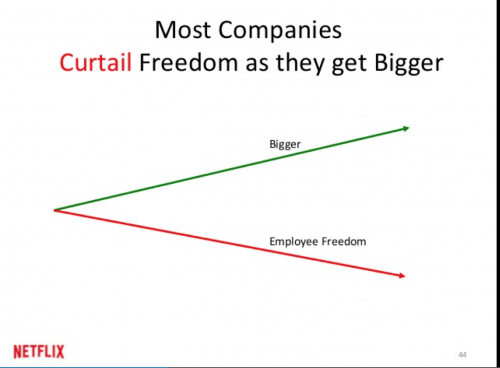
“When we create something that is separate from something else, we create limits to our ability to see the interrelationships”
– Gregory Bateson.
For all practical purposes, organisations need organising in a way that makes it clear who does what. Departments, division or whatever. But what we don’t always realise is that doing so comes at a price. Each entity is technically a holon; an entity on its own and part of something else and with that comes to ‘drives’, a power drive to realise itself and a ‘love’ drive toward unity with the bigger whole – What author Adam Kahane describes as a polarity of power and love in his book of the same name.
A polarity that is not well managed tends to tip to one side and become dysfunctional and ultimately self-destructive.
And therein lies the problem of the dysfunctional management teams. It is built into the system, no one pays attention to the need for a balancing of the polarities. On the contrary, in most organisations, there is a built-in bias to feed the power polarity. Heads of department, division etc. are held responsible as opposed to encouraging taking responsibility.
Success as the head of a holon often produces career benefits, personal bonuses but rarely is there a bonus for valuing the common good over own interests. The focus from the CEO is nearly always on optimising each section in the hope that by doing so we will have the best total sum. They may talk about unity and one-team and all that but the way they design meeting agendas, reporting remuneration and bonus systems contradicts the nice intentions.
Only very rarely do I see a CEO (or management team for that matter) where there is a focus on balancing this polarity, which means that there is a more balanced focus on driving unity, wholeness, and interdependencies while toning down the hard boundaries.
Holding managers strictly responsible for their units ( holon’s) performance they will automatically react by insisting on very clear boundaries. This is my department, that is your department. How else can I take responsibility for what is not under my control? But that thinking completely overlooks the reality that all the departments are interrelated and that my success or failure is closely linked to your success failure. In fact, success is not entirely under their control at all.
The only way out of the rigid boundaries is to foster a culture where individual managers take responsibility, which is a totally different story, and where the management team holds themselves collectively responsible for the overall performance.
“Categorising your peers as either stupid or evil is a failure of empathy.”
– Leadership Team Coaching: Developing Collective Transformational Leadership by Peter Hawkins
The key driver of unity is obviously relationships. The better the personal relationship we have on the top management team, the easier it becomes to balance the polarity and think outside own personal interests and gains. But relationships, as we all know, don’ t emerge out of thin air, they require a serious effort, and maybe more than anything else they require an attitude from all concerned that: I will do whatever it takes to makes these relationships work.
Collaboration is a habit of mind, solidified by routine and predicated on openness, generosity, rigour and patience. It requires precise and fearless communication, without status, awe or intimidation. It’s hard because it allows no passengers.
– Heffernan (2013) “A bigger Prize”
If you are an eager student of leadership you will probably also have noticed that the polarity of power and Love is also the polarity of Management and Leadership.

 We can look at the employee experience from 10.000 ft. as we have done in previous posts (
We can look at the employee experience from 10.000 ft. as we have done in previous posts (


 Often teams say to me: “We need to change the culture around here.” And they often have a point, because toxic cultures are very powerful and can often destroy all sort of great initiatives – and as we have seen in a previous post, culture is a huge part of engagement. But it also easily becomes a fluffy excuse for not doing anything. It’s another drama triangle where the big villain is the culture and we are just the victims of this culture. “Well you know, that is just the culture around here. There’s not much we can do about it.”
Often teams say to me: “We need to change the culture around here.” And they often have a point, because toxic cultures are very powerful and can often destroy all sort of great initiatives – and as we have seen in a previous post, culture is a huge part of engagement. But it also easily becomes a fluffy excuse for not doing anything. It’s another drama triangle where the big villain is the culture and we are just the victims of this culture. “Well you know, that is just the culture around here. There’s not much we can do about it.”

